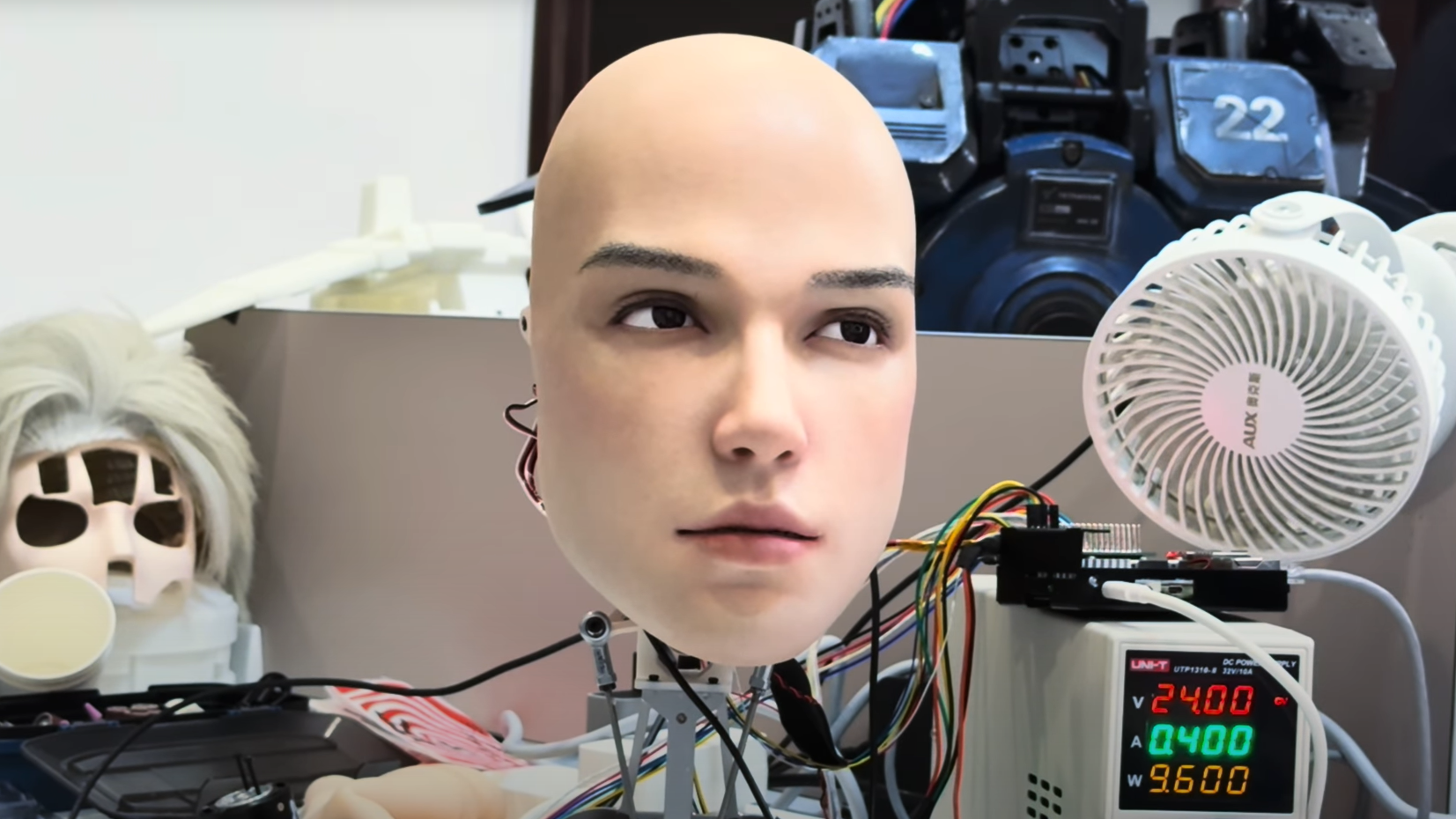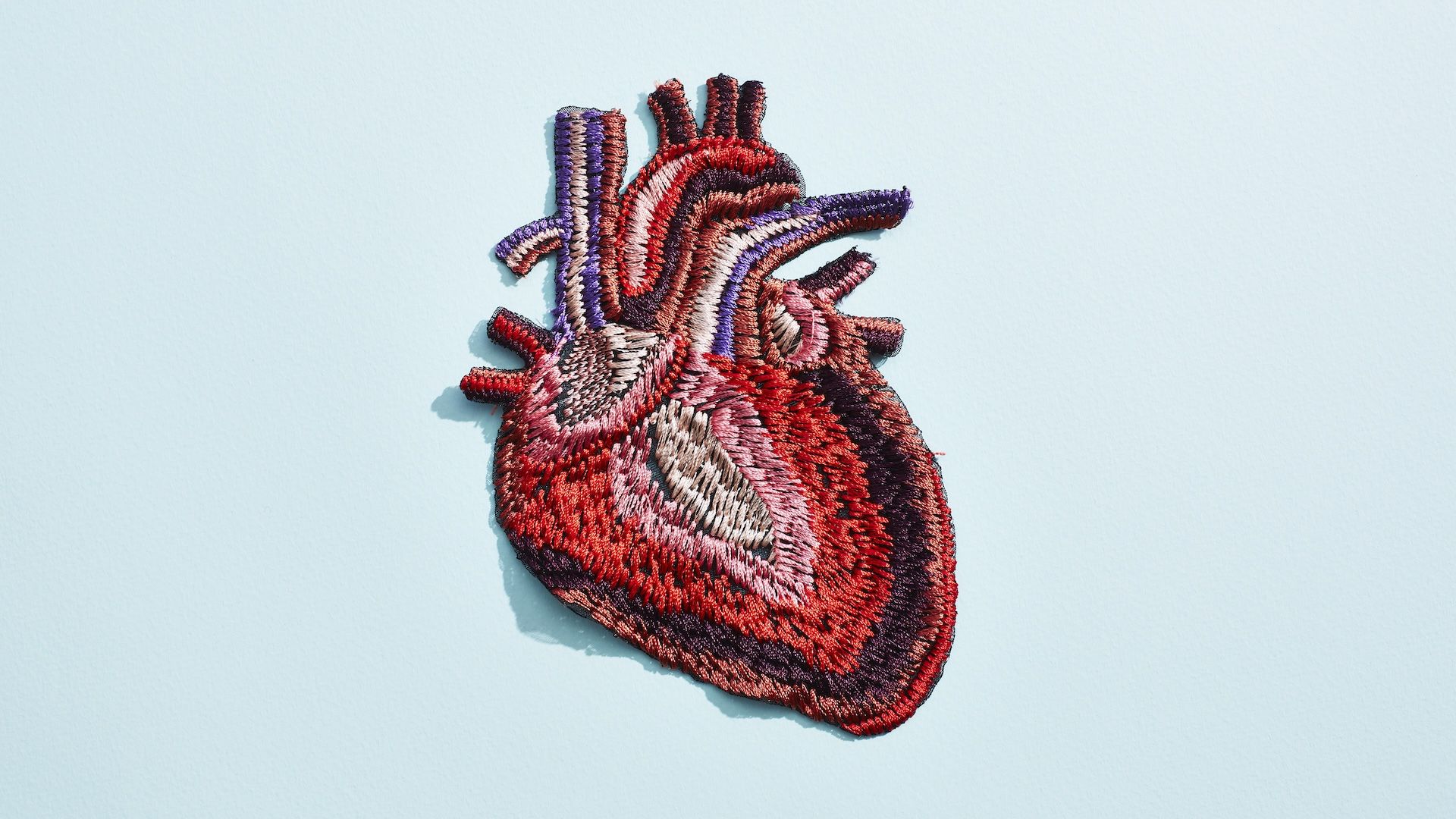Watch On
A Chinese company has released footage of a lifelike robot head that blinks, nods, and looks around in a convincing imitation of a real human face.
The video, posted to YouTube, shows the robot head’s quizzical expression as it appears to take in its surroundings. The head, created by robotics company AheadForm, might find use in research on human-robot interactions or in various industries, including customer service and entertainment.
Founded in 2024, AheadForm aims to make interactions between humans and robots feel more natural and engaging, according to the company’s website. The company aims to integrate artificial intelligence (AI) systems such as large language models (LLMs) with realistic robotic heads so that robots can understand and respond to people in real-time.
“Our current focus is on creating sophisticated humanoid robot heads that can express emotions, perceive their environment, and interact seamlessly with humans,” company representatives said on the website.
AheadForm has produced multiple series of robot forms, including its “Elf” line of pointy-eared figures with precise control systems and a more human-looking “Lan Series” of bots designed to prioritize cost-efficiency and intuitive movements.
In building a robotic head that can integrate with AI, the company aims to make robots more approachable and relatable. That could be useful for industries such as customer service, education, and healthcare, “where building trust and rapport with human users is essential,” according to the website.
Researchers from AheadForm are already working on how this might play out. In a 2024 study published in the journal Science Robotics , AheadForm founder Yuhang Hu and colleagues designed a robot that could analyze, predict, and mimic human facial expressions in real-time.
To achieve the subtle, precise facial movements in the video, AheadForm uses brushless motors. These tiny devices run quietly and work together to create the lifelike twitches and glances that make the head seem realistic.
Inside this particular model, the Origin M1, there are up to 25 tiny motors that control the head’s expressions. The bot also has cameras embedded in its pupils to help it “see” its environment, along with built-in speakers and microphones it can use to interact with users on the fly.
The robot heads are not yet commercially available.













